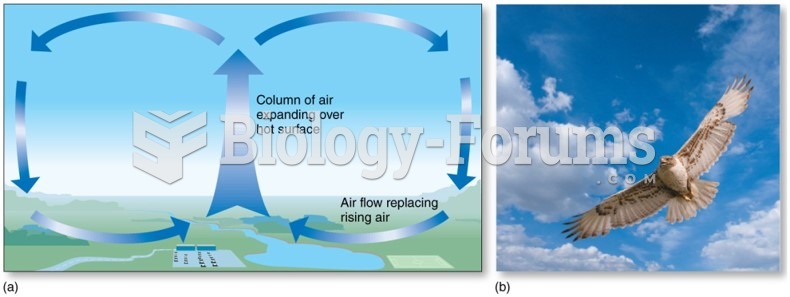|
|
|
There are more nerve cells in one human brain than there are stars in the Milky Way.
By definition, when a medication is administered intravenously, its bioavailability is 100%.
Only 12 hours after an egg cell is fertilized by a sperm cell, the egg cell starts to divide. As it continues to divide, it moves along the fallopian tube toward the uterus at about 1 inch per day.
It is believed that the Incas used anesthesia. Evidence supports the theory that shamans chewed cocoa leaves and drilled holes into the heads of patients (letting evil spirits escape), spitting into the wounds they made. The mixture of cocaine, saliva, and resin numbed the site enough to allow hours of drilling.
The calories found in one piece of cherry cheesecake could light a 60-watt light bulb for 1.5 hours.







